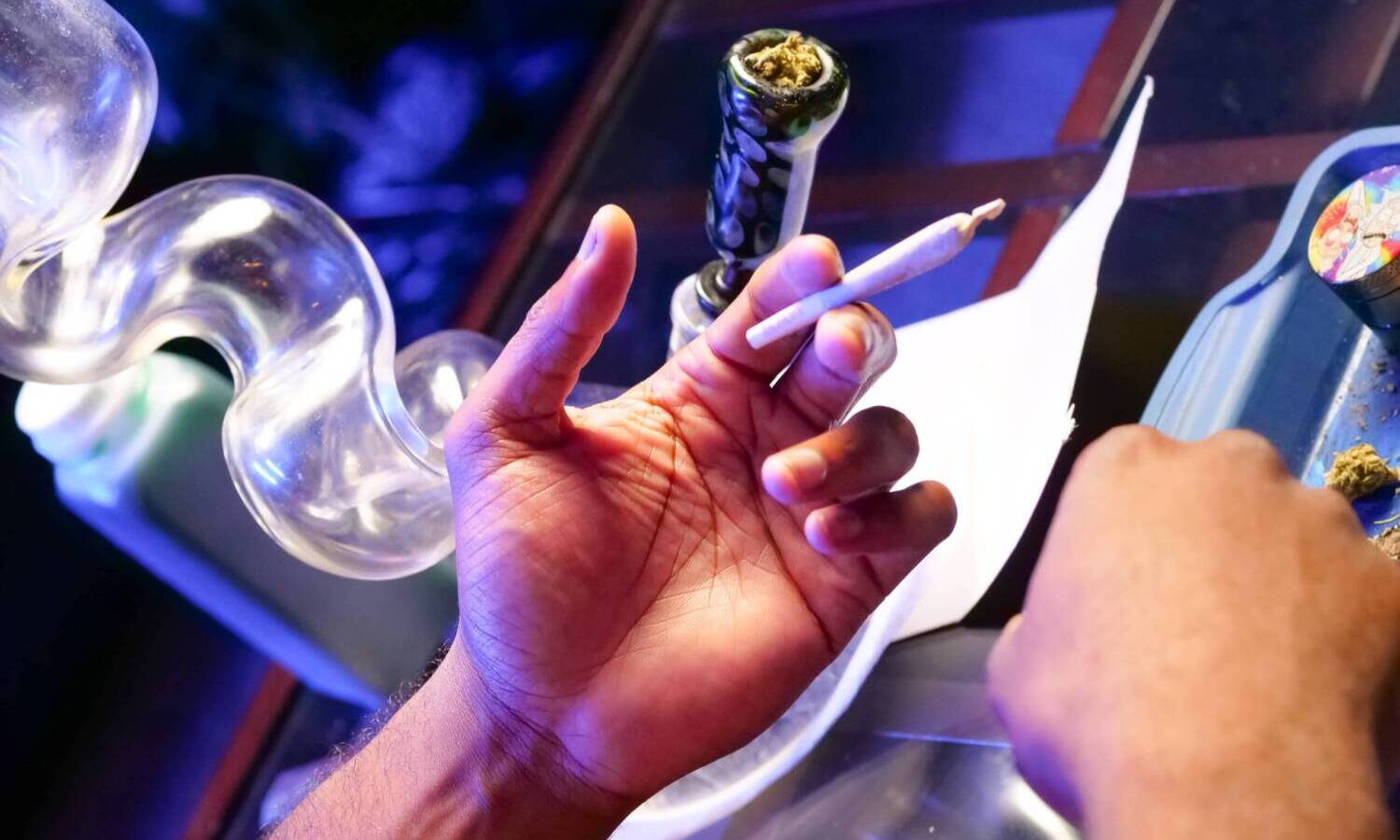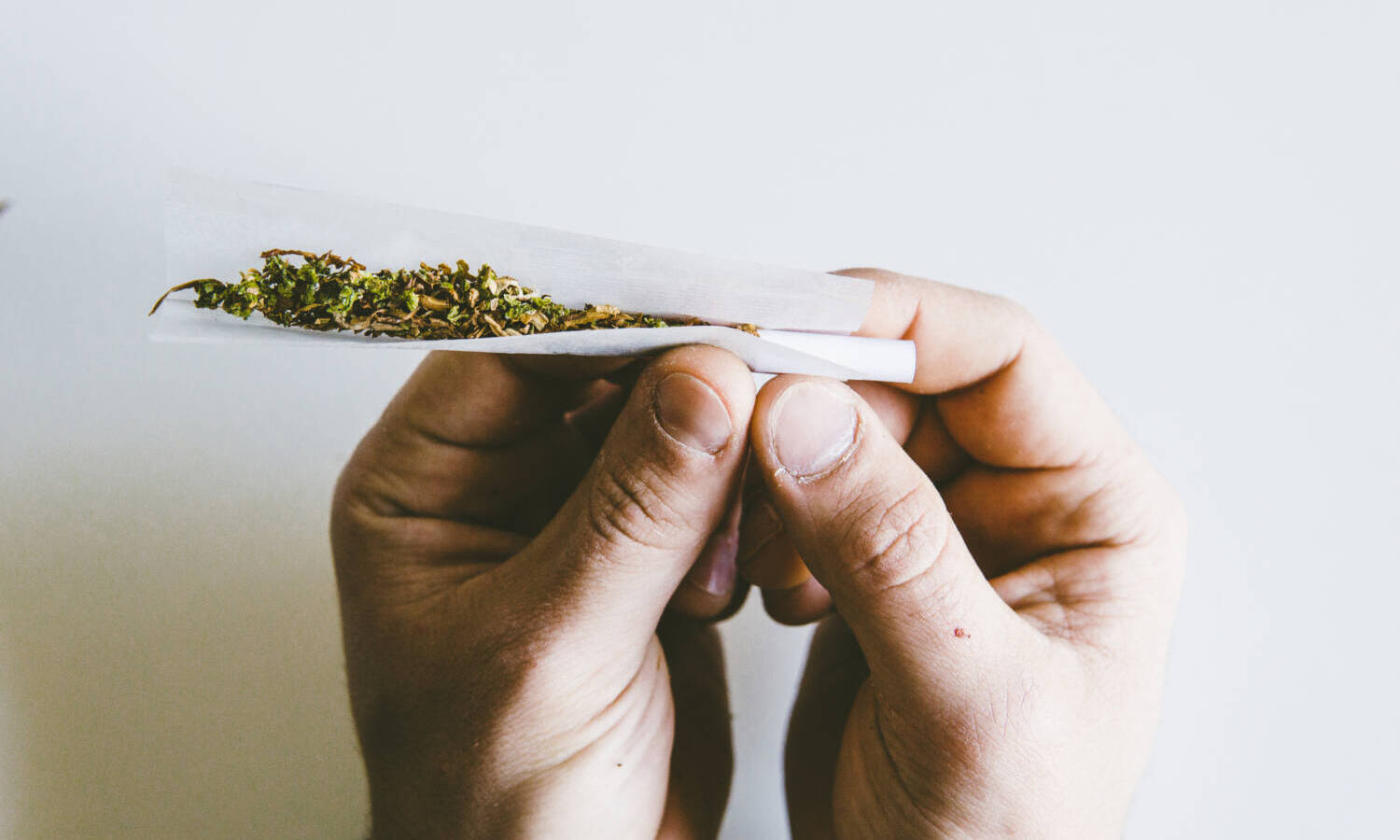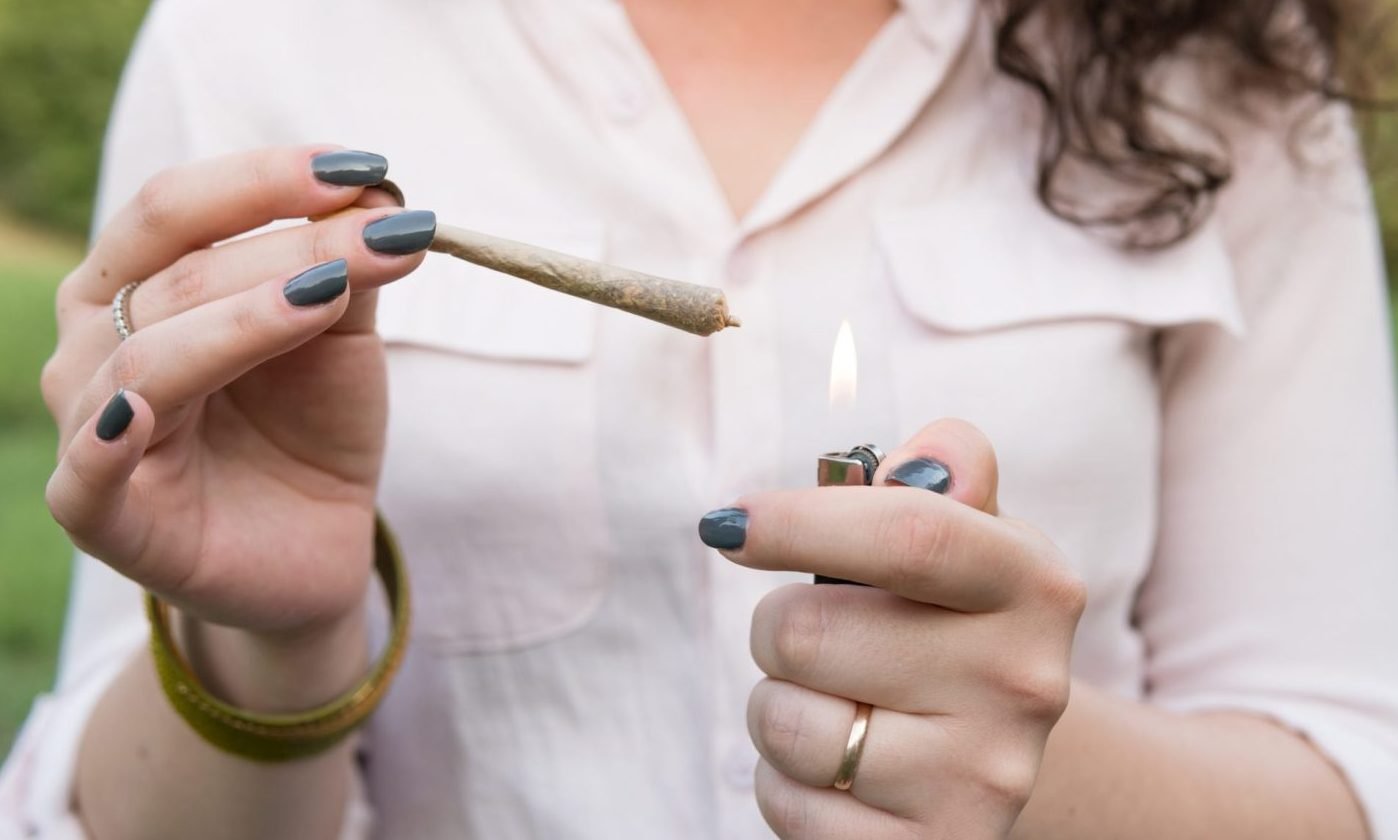
This will prevent uneven burning in your rolled joints
This article originally appeared on Cannabis.net and has been republished with permission.
Regular and occasional smokers would have downed a joint at least once since they started smoking. Those few who deny it probably have no idea what canoeing is, or they were lucky.
Canoeing has nothing to do with experience, as even the most experienced smokers occasionally have their blunts shaped like canoes.
Photo by RODNAE Productions from Pexels
What is canoeing?
Canoeing is a term used to describe the uneven burn of a joint. The blunt burns more on one side than the other and trust me, that takes the fun out of smoking. Imagine coming home after a long day and taking the time to roll a blunt, only for the joint to become a canoe after a few hits. It gets annoying sometimes. To get the most satisfaction from your joint, you must do everything you can to avoid canoeing.
RELATED: Is it worth vacuuming your weed — or is it an urban legend?
Shared canoeing is a problem. No one wants to take the time to smoke a joint that’s only smoldering at one end. The dull appearance of a canoe isn’t the main issue, it’s the effects of this uneven firing. When a joint canoes, it results in less satisfying hits, faster burning bud, and a coarser, denser flavor and smell. Overall, canoeing together is more or less a waste of paper and cannabis flowers.
How to avoid an uneven burning joint
If you notice your canoeing together right away, there are quick fixes for you to fix the situation, but it’s best to avoid the occurrence altogether. You have to be careful from the start – which is crunching. Beginner smokers often make the mistake of loosely rolling their joints and filling them with air pockets. And there are times when you might mislight your blunt. There are a number of things that can go wrong, from crunching to pulling at the joint. Here are some steps to follow to prevent canoeing.
This is the first step in making sure your joint is rolled perfectly so it burns at the same rate on all sides. If your grass isn’t shredded properly to begin with, there is very little you can do to correct the canoeing anomaly. Thanks to innovations in the weed industry, smokers have no reason to grind their weed with their fingers. You can check out the best weed grinders on the market to ensure your weed is being ground into evenly sized particles. Particles of the same size burn at the same rate, and that’s what you should be aiming for.
Tightly or loosely packed joints will always burn unevenly. After you’ve ground your herb to get evenly sized particles, you need to spread it evenly throughout the rolling paper. Not too tight and not too loose, and all sides must contain the same amount of plant material. You can press the herbs down with your finger or use a sharp-edged ruler to trim off any excess material before rolling.
 Photo by Cavan Images/Getty Images
Photo by Cavan Images/Getty Images
RELATED: Asking a Friend: How Long Does Marijuana Stay in Your System?
The key to an evenly rolled joint is consistency. It would be best if you didn’t overpay for your joint. That would only make it harder to pull. While a loose pack will have variable air gaps, you want a tight roll with no lumps and bumps. If you’re having trouble rolling your joint evenly, you can purchase a rolling machine. Make sure you go for products with high ratings in the market as they would guarantee you an even burn.
At this point you should have a precisely rolled joint. However, the probability of you canoeing together is still very good. Lighting your joint properly is another important step in avoiding canoeing.
Some will light their buds and start puffing. It’s more complex than that. Once you’ve lit the tip, you’ll need to rotate the joint slowly to ensure the tip is perfectly lit. Once that’s done, take short little hits on the joint and keep rolling. This way the joint burns evenly and the weed buds are not wasted.
Avoid deep inhalations immediately after lighting the blunt. This could result in one area burning slower than the other.
Other hints to prevent joint canoeing
While the main factors that cause canoe joints have been highlighted above, there are other preventive measures you can take to reduce your chances of ending up with a duff joint.
- Cure your buds before use
When growing your own cannabis at home, you must not smoke your buds immediately after harvest. Instead, you need to take time to dry or cure those buds to achieve a smoother smoke. Skipping the curing phase results in canoeing, less aromatic buds with reduced potency. Once the buds are properly cured, it would be easier to break them down into uniform sizes.
- Use quality marijuana and smoking materials.
The Best Cannabis Buds Don’t try to cut costs by buying inferior quality rolling paper. The type of paper you use can change or affect your spinning technique. You could have perfectly ground bud and bad rollups if your papers are bad. The best rolling papers are thin yet strong. They are made from rice or hemp materials. You can experiment with different brands of rolling paper to find the one that suits you best.
 Photo by Olena Bondarenko/Getty Images
Photo by Olena Bondarenko/Getty Images
This is not mandatory as not every smoker likes to mix products like hash or resin with their herbs. This is recommended due to the different firing temperatures in each case. If concentrated and sufficiently mixed with herbs, it would slow down the burning rate of the plant materials. It’s nice that concentrates would increase the potency of the joint; Therefore, you must be careful when adding them.
bottom line
If you feel like you are not up to the task of perfectly rolling or shredding your weed, don’t hesitate to buy the suitable portable machines. It’s nothing to be ashamed of. You might also consider switching to quality pre-rolled joints. If you follow the tips in this article, you’ll be smoking perfect joints in no time. Just go ahead and say goodbye to unevenly burning joints. It might take a few tries to get it right. As the saying goes: practice makes perfect!
This article originally appeared on Cannabis.net and has been republished with permission.

Post a comment: